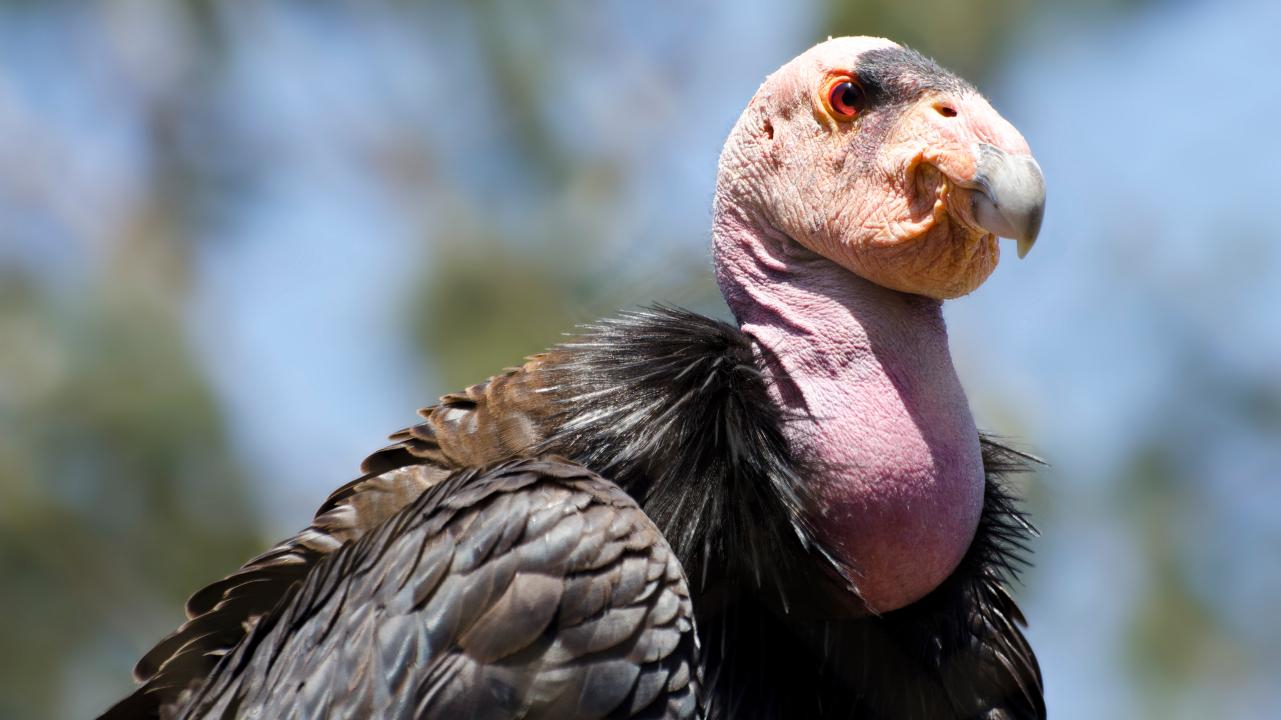In the face of daunting challenges and environmental adversity, the stories of endangered species' recovery provide a glimmer of hope and inspiration. These remarkable tales of resilience and determination showcase the unwavering efforts to save our planet's most vulnerable inhabitants.
1. Success Stories of Species Recovery
The success stories of species recovery are a testament to the human capacity for positive change.
-
California Condor: With fewer than 30 individuals in the 1980s, concerted efforts have raised their population to over 400 today. The California Condor is a testament to the power of reintroduction programs and dedicated conservationists.
-
Bald Eagle: This majestic bird was once on the brink of extinction in the United States. Through a ban on the pesticide DDT and strict protection laws, the bald eagle population has made a stunning recovery.
-
Black-footed Ferret: Considered extinct in the wild in the 1980s, this elusive species has made a remarkable comeback thanks to captive breeding programs and reintroduction efforts.
2. Government Initiatives and Conservation Efforts
Governments play a crucial role in the protection and recovery of endangered species. Some of the key initiatives include:
-
Endangered Species Act (ESA): Legislation in various countries, such as the ESA in the United States, provides legal protection for endangered species and their habitats.
-
National Parks and Wildlife Sanctuaries: Preserving natural habitats and creating protected areas are vital to conservation efforts.
-
International Agreements: Treaties like the Convention on International Trade in Endangered Species of Wild Fauna and Flora (CITES) help regulate the international trade of endangered species and their parts.
3. Our Shared Conservation Responsibility
Conservation is not solely the responsibility of governments and organizations. Each one of us has a role to play:
-
Awareness: Educate yourself and others about endangered species and their challenges.
-
Support Conservation Organizations: Contribute to, or volunteer with, organizations dedicated to wildlife conservation.
-
Sustainable Choices: Make sustainable choices in your daily life, such as reducing plastic use and supporting eco-friendly products.
-
Responsible Tourism: When traveling, opt for responsible and ethical wildlife experiences that respect the animals and their habitats.
4. Our Vision for the Future
The vision for the future should be a planet where biodiversity thrives, where every species plays a vital role in the ecosystem, and where our actions today positively impact generations to come.
-
Ecosystem Health: A balanced ecosystem where all species coexist harmoniously.
-
Sustainable Practices: Widespread adoption of sustainable practices in agriculture, energy, and resource management.
-
Global Collaboration: International cooperation to protect species that migrate across borders.
-
A Future of Coexistence: A world where humans and wildlife share the planet in harmony.
The stories of endangered species recovery are not just stories of survival; they are stories of determination and commitment to preserving the rich tapestry of life on our planet. As we celebrate these successes, let us remember our shared responsibility to protect and conserve these remarkable creatures and work toward a future where endangered species can thrive.
